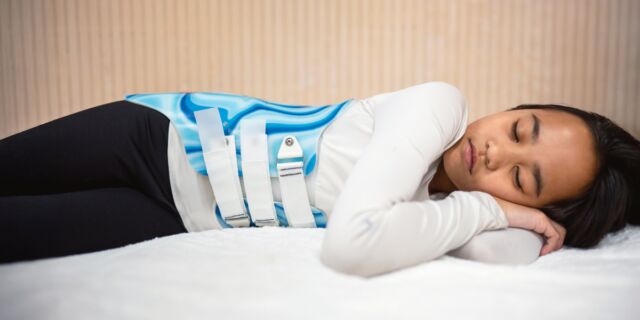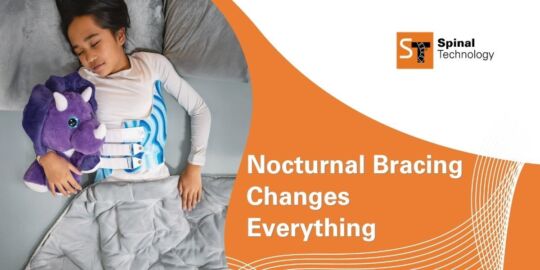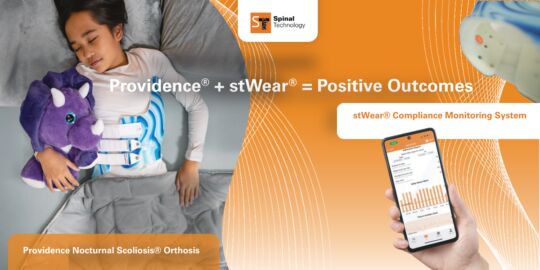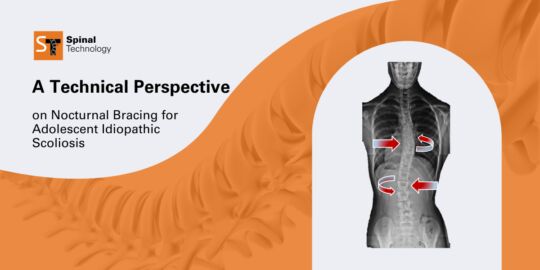Scoliosis Bracing and The Challenge of Patient Compliance
Orthotic Management of Adolescent Idiopathic Scoliosis (AIS)
Section 1
Initial correction in-brace has long been the benchmark for determining the effectiveness of any particular brace design, as well as the accuracy and fit of an orthosis. Other factors are highly important, such as balance, stability, comfort, and compliance, but they are often considered as secondary criteria for design considerations. The one variable that stands out above all others is that of least control, patient compliance.
For any care plan to be effective, a patient must adhere to the dosing and scheduling of the prescribed treatment. This is by far the biggest challenge to bracing for Adolescent Idiopathic Scoliosis.
For many adolescents, brace wear can present a significant disruption in daily life. Considering that the majority of Adolescent Idiopathic Scoliosis (AIS) patients are in their early teenage years, it is important to recognize the entirety of their development. These children are navigating through new physical, emotional, and social challenges, all of which can be further complicated by the introduction of an orthosis into their daily lives, particularly in school. Not surprisingly, as was found in the BrAIST Clinical Trial, where “On average, subjects wore the brace 12 hours per day (range 0 to 23)”, obtaining sound compliance is a difficult task. It is well understood that most successful compliance is achieved by the presence of a strong support system that includes family, physician, orthotist, and physical therapist working together. While it is not always possible to create or control an ideal environment, it is greatly important to maintain a strong emphasis on good compliance with every encounter.
Related Links
Need more information?
Contact our Customer Service Team at 800 253 7868. We'll be glad to help you with your question.
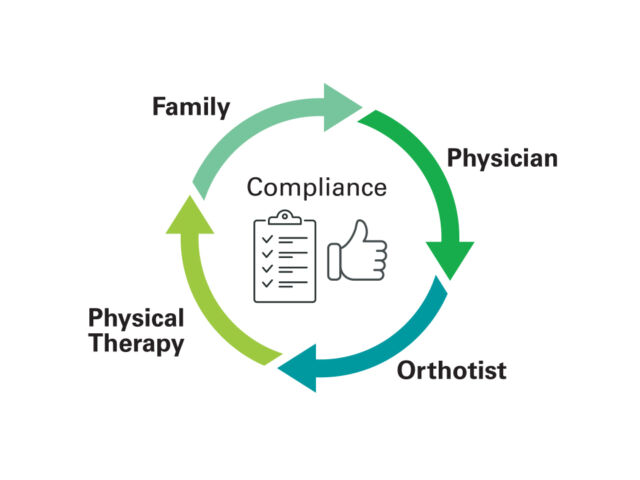
The Successful Path To Compliance
The most successful compliance is achieved by the presence of a strong support system that includes family, physician, orthotist, and physical therapist working together.
Additionally, brace design options should be carefully assessed for patient acceptance. There are a multitude of bracing options throughout the world, some of which have competent research to support their effectiveness; yet most lack a substantive component of actual wear time, leaving the reliance only to subjective feedback, which is most often overstated. As research continues to progress, the SRS (Scoliosis Research Society) has instituted guidelines that incorporate compliance measures as a standard, which logic suggests should also reduce the dilution of positive outcomes by the inclusion of non-compliant patient data. This will also provide empirical data on the efficacy of various bracing systems, as it relates to patient acceptance and successful outcomes.
Average Full-Time Brace Wear, BrAIST Clinical Trial
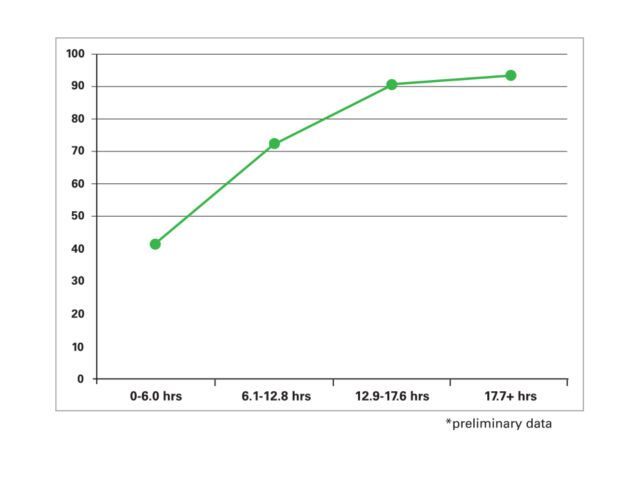
On average, subjects wore the brace 12 hours per day
(range 0 to 23)
As the average hours per day increased, so
did the success rate
(p<0.0001)
Regardless of brace type being used, it is important to have insight into each patients “actual” wear time, and consider their adherence to the protocol as a factor in the treatment outcomes. Bracing monitors are easily accessible and are a cost effective way to measure compliance. It has also been shown that just the presence of a monitor can improve compliance. The stTracker® monitor allows practitioners to customize patient brace wearing data into comprehensive reports and three types of linear graphs to chart wearing compliance. Users have the ability to set up multiple patients, establish individual schedules by date and time, and view and print reports. Most monitors are very low profile in design and easily fabricated into the orthosis.
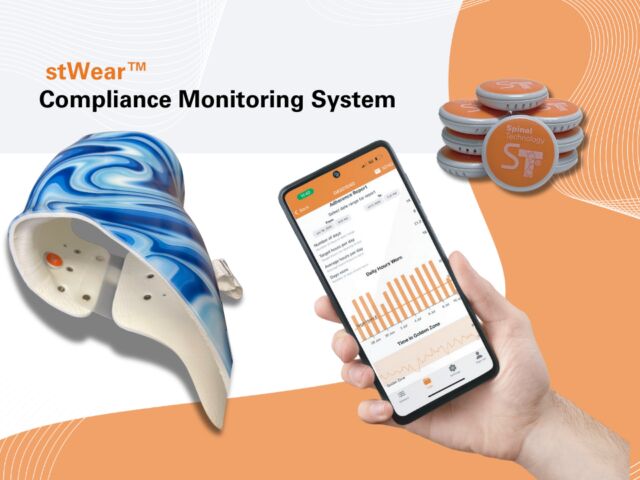
The stWear® Compliance Monitoring System
The stWear® Compliance Monitoring System includes our online stWear® portal for physicians, practitioners and office administrators; a smartphone app for parents, and a compliance monitor with extended battery life and bluetooth capability. The portal and stWear® app are designed to work with the stWear® Compliance Monitor that can be added to any one of the many custom scoliosis braces we fabricate. Practitioners can also purchase a stWear® Compliance Monitor separately.
“As with other medical treatments, success depends upon treatment actually being performed. In the case of bracing for adolescent idiopathic scoliosis, it is often incorrectly assumed that brace patients are compliant with their treatment.”
Advances In Scoliosis Brace Treatment,
William J. Shaughnessy, MD
Strong consideration should be made to adopting nighttime bracing as a primary method of treatment. Research has shown that the hyper-corrective Providence® Brace, worn only at night, provides outcomes equal to or greater than those of its full-time counterparts. The option of limiting brace wear to nighttime use at home, significantly increases compliance rates and improves “Quality of Life” measures in brace-wearing scoliosis patients.
The Providence Nocturnal Scoliosis® Brace
